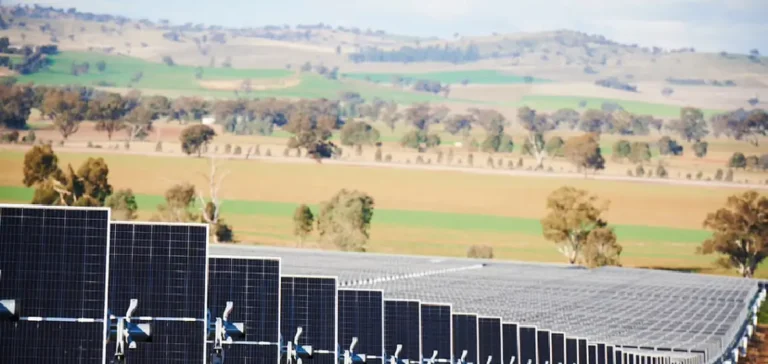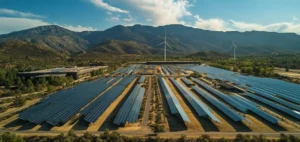The global solar photovoltaic tracker market recorded an annual growth of 20% in 2024, reaching a record level of 111 gigawatts direct current (GWdc), according to the Global solar PV tracker market share 2024 report published by energy consultancy Wood Mackenzie on June 11. The year was marked by the emergence of India and Saudi Arabia as leading markets, jointly generating 28 GWdc in tracker demand and overtaking the entire European continent.
A redefined global leaderboard
US-based Nextracker maintained its top position for the tenth consecutive year, with a 26% market share representing 28.5 GWdc in shipments. The company recorded 39% year-on-year growth, its strongest increase since the 2018–2019 period, according to the report. It expanded its market presence across all major global regions.
Chinese group Arctech Solar rose to second place globally, overtaking Array Technologies, GameChange Solar, and PV Hardware. With strong positions in both the Indian and Saudi markets, Arctech secured a top-two ranking in each. Several other Chinese manufacturers also turned to overseas expansion in 2024 amid a second consecutive year of declining domestic demand.
Unprecedented contraction in the US market
The US tracker market experienced its first decline in eight years, with 33 GWdc of shipments in 2024—down 9% from the previous year. GameChange Solar advanced to second place in the United States, pushing Array Technologies into third after the latter saw a drop of over 35% in domestic deliveries. Despite this reshuffling, Nextracker, GameChange, and Array still accounted for nearly 90% of total US tracker shipments.
European countries pursue diversification
Europe remains one of the most competitive tracker markets, with more than nine companies each holding between 5% and 15% market share. Spain recorded its highest demand ever in 2024, driven by Solar Steel and Nextracker. Growth across the region was largely supported by emerging markets in Southern and Central Europe, where companies like Axial Structural Solutions, Zimmermann, and TrinaTracker gained new momentum.
“The momentum seen in India and Saudi Arabia has shifted the traditional configuration of the solar tracker market, long dominated by the United States,” said Joe Shangraw, analyst at Wood Mackenzie.






















